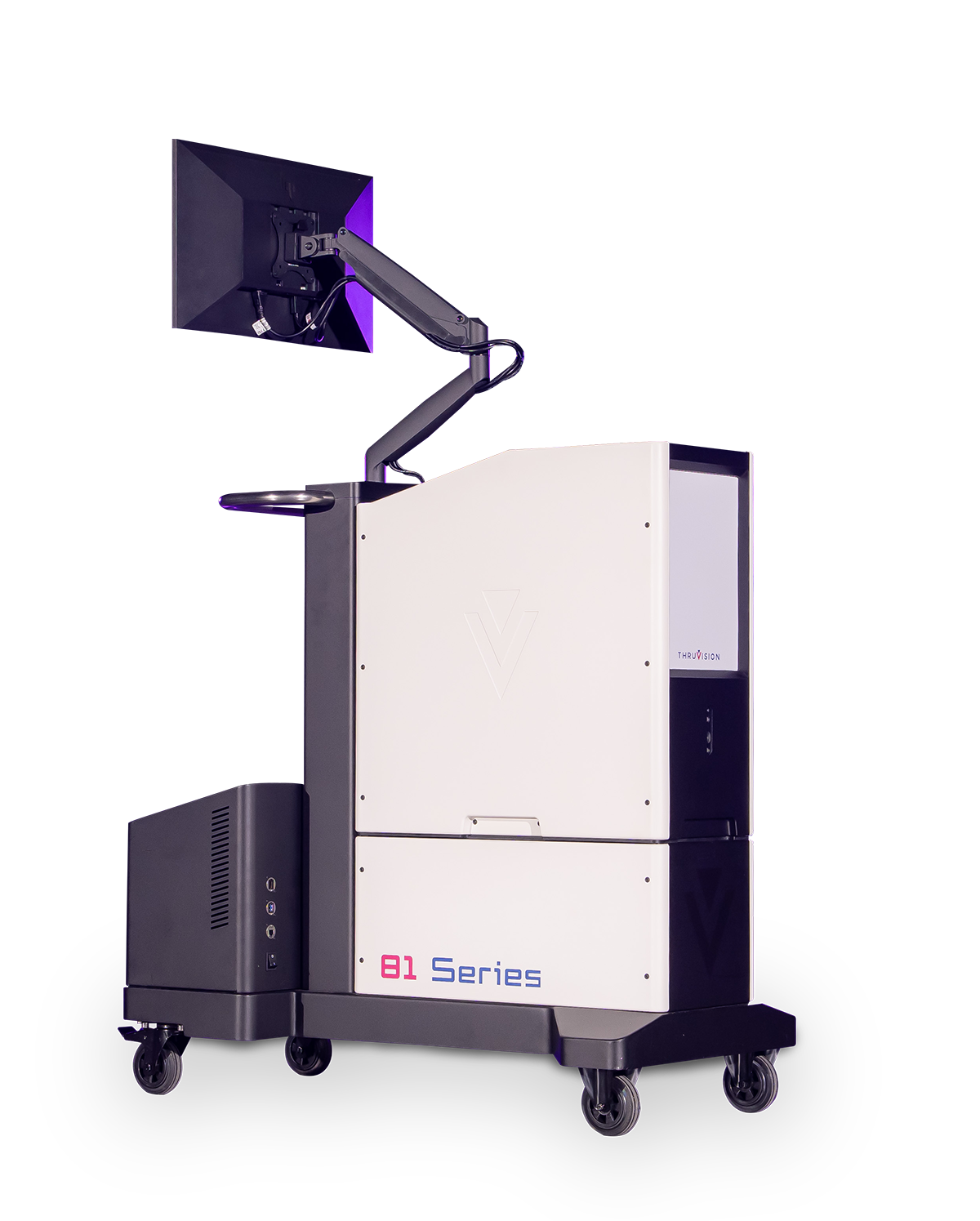
Why use Thruvision?
- Proven passive THz screening technology
- AI-driven threat detection
- Highly effective detection of concealed weapons, explosives, cash, narcotics and stolen items
- High throughput rates of up to 1,800 per hour
- Safe and respectful - cannot distinguish age, ethnicity or gender, and complies with GDPR
- Trusted and deployed by government and commercial clients in over 30 countries worldwide
